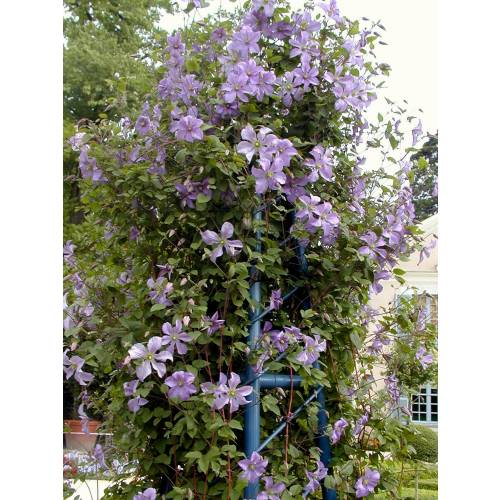
Know everything about pruning
When to prune ?
- Details
-
Pruning non-flowering trees and shrubs
The goal of pruning non-flowering trees and shrubs is to improve their foliage and shape. The most favorable time for pruning is during the dormant period, that is to say between November and the end of March. This is the period during which pruning is the least disturbing to the plant. Always avoid pruning during freezing weather.
The best time for both the tree and the gardener is when the temperature begins to rise and the plant starts to come out of the dormant period in March. Also cicatrization can start immediately which is not the case during the winter.
Pruning flowering trees and shrubs The goal of pruning for flowers is to encourage the development of buds and the maximum concentration of the sap. If left un-pruned the shrub will increase the number of shoots which will become less and less vigorous and flower poorly.
There are two periods for pruning:
- For spring flowering shrubs, the flowering buds are situated on the shoots of the previous year or the oldest ones. Wait for the end of the flowering period to prune, if not you will no doubt eliminate future flowers. By way of pruning you can make giant bouquets to suppress the older branches and to renew the branches.
- For spring or autumn flowering shrubs, the flower buds are formed on the wood of the same year or the new wood. Therefore prune at the end of winter and always before the start of new growth. Prune severely to develop the number of vigorous flower bearing branches during the year.
When in doubt, one thing to remember: always prune after flowering.
Pruning hedges
The time for pruning flowering hedges is the same as that of single flowering shrubs, that is to say, after flowering.
The time for pruning normal or screen hedges depends on the type of plants.
For the leafy types, prune in spring (April) then at the end of September.
For the coniferous types, prune in June to profit from the freshness of the spring shoots.
Do not prune after September as the cicatrization is poor. - Photos (3)



